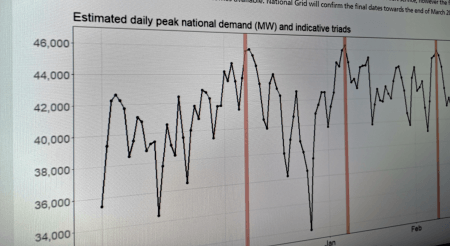
Not all energy certificates were created equal
Serious about your organisation’s carbon management? Then you’ll want to know – and prove – that the electricity you’re buying has come from a low carbon source.
How can you suitably verify where your power has come from? It can be difficult with so many energy certificates on the market – similar-sounding but with very different purposes.
For instance, you may think that in buying renewable Levy Exemption Certificates (LECs) you can say you’re being supplied with renewable or low carbon energy. But you shouldn’t make this assumption, as LECs alone do not certify electricity as being renewable.
It’s actually impossible to tell exactly who or what generated the actual electricity your organisation ends up using. That’s because electricity from all sources is sent to the grid to be consumed at different times and places. In advanced markets like the UK, we overcome this by having certificates and contracts that sit above the physical flow of electricity, to validate the attributes of the power. Attributes including the source – such as renewable or nuclear – and the carbon intensity.
Why this matters
You need to consider this if you want to guarantee that you’re receiving low carbon power and avoid the reputational risk of making inaccurate environmental claims. And increasingly it will matter to your stakeholders; customers, suppliers or investors who may want to know your carbon footprint.
Perhaps they’ll only consider doing business with you if you can demonstrate your carbon credentials. It also matters when it comes to complying with greenhouse gas reporting standards – a mandatory requirement for listed companies in the UK.
The right proof
If you want to guarantee your business’s electricity source, you need to check that it is backed either by Renewable Energy Guarantees of Origin (REGOs) or a Generator Declaration. These exist because of UK Fuel Mix Disclosure regulations and so are specifically designed to convey the energy attributes. Without either of these, you cannot verify that you are on a low carbon electricity supply.
That’s not to say LECs aren’t important. They are effectively an energy ‘currency’, rewarding renewable generators for helping to secure the UK’s future energy needs. That’s only to be encouraged, but they are not intended to carry the energy attributes and shouldn’t be used in this way.
That means that our customers can be sure they are buying low carbon energy – and prove it.
Related articles

What the Energy Bills Discount Scheme means for businesses

